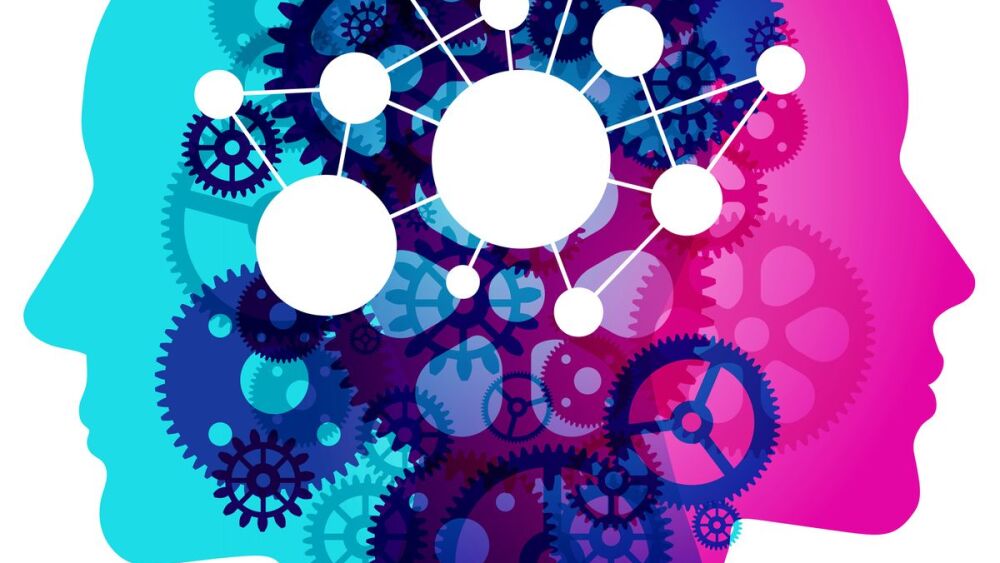“How did you know he was dead??
“Why didn’t you start CPR?”
“Why didn’t you just tell me that he was dead?”
These words were spoken by my EMS chief after a very traumatic incident that I worked several years ago. It was winter, it was snowing and we had only three EMTs on scene. The crash involved multiple vehicles, with one on fire and multiple patients ejected. Mutual aid from the next town was far away.
The first patient I assessed was pulseless and apneic with an obvious high cervical spine fracture. I declared him deceased and moved on to the next patient who was screaming in pain with a femur fracture. While I was stabilizing him in the back of the ambulance, my chief kept asking me, “What about that other patient?” My repeated response was, “Let’s focus on this patient who we can help.” I had no idea about the relationship between the two patients, so I was being careful with my words. We stabilized the patient and transported him to the landing zone for air medical transport to the trauma center.
We immediately returned to the scene, where my chief continued to badger me. He had difficulty understanding that there was no likelihood of resuscitation from a traumatic arrest in the middle of an MCI many miles away from a trauma center. I finally said, “Go look under the tarp and figure it out for yourself.”
I had vivid nightmares about this situation for over a year. I took a step back from EMS for a time and that didn’t help. I went to the employee assistance program and utilized cognitive therapy, and that didn’t help. I had made up my mind that these nightmares would be part of my life forever. [At the end of this article, download a mindfulness and meditation guide]
The theory behind EMDR
I was in the right place at the right time when I was invited to participate in a grant-funded eye movement desensitization and reprocessing (EMDR) training course through an educational institution that I worked at. I had heard of EMDR and was curious, but reluctant to devote the time, which amounted to 48 hours of training over two consecutive weekends. I had heard about EMDR from a colleague who spoke very highly of the intervention and I decided to participate because after all, free education is sometimes good education. I knew nothing about the theory behind EMDR, but it sounded too good to be true.
The initial portion of the training focused on the history of EMDR. It was developed by Francine Shapiro in 1987 after she accidentally noticed that the disturbing thoughts she was experiencing disappeared on their own while she was out walking [1]. When she consciously thought about these specific events, they were no longer as disturbing. She noted that when she was having disturbing thoughts, her eyes were spontaneously moving back and forth. She then began to make the eye movements purposefully while concentrating on a variety of disturbing thoughts and memories, and she realized that those disturbing thoughts disappeared as well.
Since the original discovery in 1987, EMDR procedures and protocols have been refined with the addition of other forms of stimulation which may be easier for clinicians to administer. One of these uses the idea of bilateral stimulation, which is using one’s own hands to manually tap each side of the body. The butterfly hug is one way of manual tapping where you cross your arms in front of you and tap on the sides of your arms.
https://www.canva.com/design/DAFeG5mzwVI/watch
Neuropsychologists now hypothesize that bilateral stimulation mimics the low-frequency stimulation typical of slow-wave sleep, which affects the receptor in the amygdala, weakening the traumatic memory. Once the traumatic memory is weakened, the brain can be reprogrammed with a positive association with that traumatic experience. Essentially, the bilateral movements in EMDR mimics how the brain processes less traumatic memories during sleep.
EMDR phases
The next part of the training included a review of the phases of EMDR. The first phase of EMDR is a history taking session where the therapist assesses the client’s readiness and the client and therapist work together to identify targets for EMDR processing.
The second phase of EMDR increases instruction in guided imagery and stress reduction techniques. We learned about mindfulness utilizing a calm, safe space meditation and an earth/air/fire/water meditation.
The next three phases of EMDR involve identification of the vivid visual imagery related to the target memory, a negative belief about yourself, and the related emotions and body sensations.
Phase seven is closure where the therapist reminds the client of the self-calming activities and asks the client to keep a journal which includes any related issues that arise during the week between sessions.
Phase eight is the beginning of the next session, where the therapist and client examine the progress made.
EMDR phases:
- History taking
- Guided imagery meditation
- Identifying visual imagery associated with target memory
- Negative beliefs
- Related emotions and body sensations
- Closure/homework
- Beginning again, examining progress
Putting EMDR into practice
The next weekend, we were asked to role play as client and as therapist. Playing the role of the therapist was easy. You follow the protocol and guide the client through the process. Playing the part of the client was frightening. I was asked to identify a traumatic memory to work on in EMDR. Reluctantly, I selected the crash that haunted me in my nightmares.
The visual image related to the memory was easy to identify, because it had been with me every night. I would see a body rising up underneath the tarp that had been placed over the deceased patient. The negative belief about myself was easy to identify, too. I felt like a failure because my patient could not be helped. Note that I now say “could not be helped” instead of “my patient died.” This is a subtle, but very important differentiation in my outlook after EMDR therapy. The related emotions and body sensations were a little more difficult for me to identify. Once I thought about the sympathetic and parasympathetic nervous system responses (fight or flight versus rest and digest) it became clear to me that when I thought about the visual image related to the memory or about my negative belief about myself, my heart rate rose, my respiratory rate rose and I started to feel sweaty.
The therapist in practice asked me to identify a positive belief to replace my negative belief with. Thankfully, they provided a list of sample options and I selected, “I did everything that I could.” We utilized the bilateral stimulation technique to replace the negative thought with the positive while monitoring distress related to my target memory. After only a few episodes of bilateral stimulation, the distress related to my target memory was zero and we moved on to closure.
It’s been two years and I have not experienced this nightmare even once since completing the EMDR course. I have used the mindfulness techniques on a regular basis for myself and for my patients. The mindfulness techniques are useful in a variety of patient presentations, from traumatic injuries, to medical crises, to psychiatric emergencies. I have utilized the bilateral stimulation techniques for myself after traumatic calls in hopes that it may prevent development of PTSD.
Read more:
The 3-part EMS assessment: Your patient, your partner and yourself
Check-in on how you and your partner are functioning during difficult calls, and learn when and how to take a productive break
Little risk, significant reward
Several randomized controlled trials have investigated the efficacy of EMDR interventions for PTSD and found positive results, but there is no randomized controlled trial for EMDR as an early intervention to prevent PTSD. There is room for continued research in this area.
I signed up as a sceptic. I left as a convert and my own mental health had been positively impacted in ways that I never could have predicted. When I think about the risk/benefit equation of this method, there is little risk associated with bilateral stimulation and the possibility of significant benefit. I am hopeful that this non-pharmacologic technique can benefit patients, clinicians and other first responders.
If you are currently suffering from PTSD, I encourage you to investigate EMDR therapy. If you experience a traumatic event, I encourage you to consider utilization of bilateral stimulation techniques and mindfulness techniques to help your brain process the trauma.
Reference
1. Shapiro F. “Eye Movement Desensitization and Reprocessing (EMDR): Basic Principles, Protocols, and Procedures.” New York: Guilford Press; 2001.
Fill out the form below to download a guide to mindfulness and meditation.















